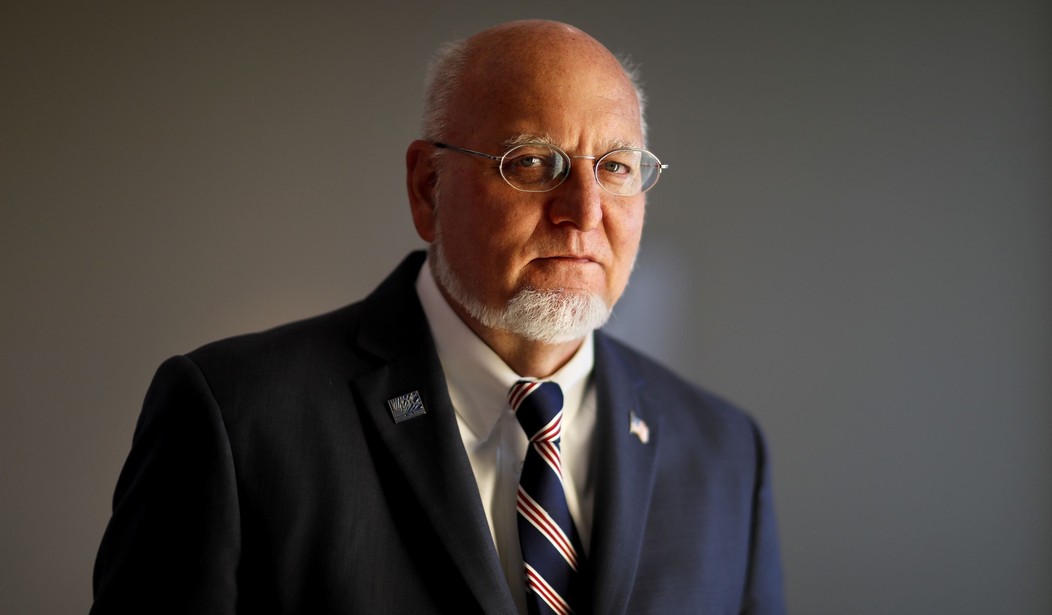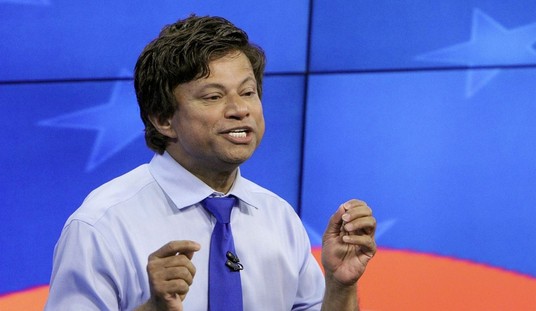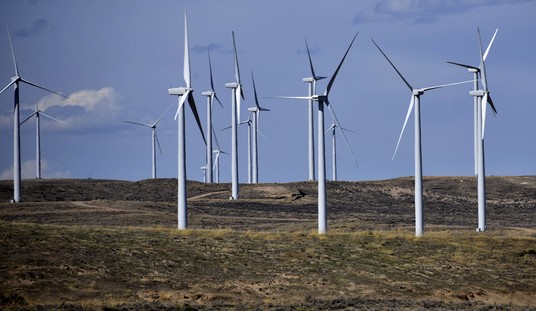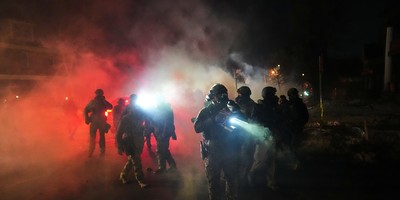In late July, the U.S. Centers for Disease Control and Prevention (CDC) released a report titled “The Importance of Reopening America’s Schools this Fall,” which makes a clear and convincing argument that America’s students should return for in-person learning.
The report notes, “The best available evidence indicates if children become infected, they are far less likely to suffer severe symptoms. Death rates among school-aged children are much lower than among adults. At the same time, the harms attributed to closed schools on the social, emotional, and behavioral health, economic well-being, and academic achievement of children, in both the short- and long-term, are well-known and significant.”
As of September 9, CDC data show that 377 Americans under the age of 24 have died from COVID-19. Although one death of a young person is tragic, we need to put this number into context. For instance, during the same period, far more American children have died from other causes, such as vehicle accidents.
In fact, as the CDC data show, a total of 35,642 Americans under the age of 24 have died from other causes during this period. The odds of an American under the age of 24 dying from COVID-19 is nearly zero.
Although many teachers unions argue that reopening schools will put teachers in jeopardy, the data, once again, tell a very different story.
According to the CDC report, “Based on current data, the rate of infection among younger school children, and from students to teachers, has been low, especially if proper precautions are followed. There have also been few reports of children being the primary source of COVID-19 transmission among family members. This is consistent with data from both virus and antibody testing, suggesting that children are not the primary drivers of COVID-19 spread in schools or in the community.”
Recommended
So, students are practically invulnerable to COVID-19. And they are not likely to spread it to adults. Yet schools remain closed throughout America.
As if that is not enough to warrant schools to reopen, perhaps we should consider the wide-ranging impacts of keeping schools closed, as the CDC report details.
“Educational Instruction”
- “Extended school closure is harmful to children. It can lead to severe learning loss, and the need for in-person instruction is particularly important for students with heightened behavioral needs.”
- “We also know that, for many students, long breaks from in-person education are harmful to student learning.”
- “Disparities in educational outcomes caused by school closures are a particular concern for low-income and minority students and students with disabilities.”
“Social and Emotional Skill Development”
- “Extended school closures are harmful to children’s development of social and emotional skills. Important social interactions that facilitate the development of critical social and emotional skills are greatly curtailed or limited when students are not physically in school.”
- “Additionally, extended closures can be harmful to children’s mental health and can increase the likelihood that children engage in unhealthy behaviors.”
- “In-person schooling provides children with access to a variety of mental health and social services, including speech language therapy, and physical or occupational therapy to help the physical, psychological, and academic well-being of the child.”
“Safety”
- “Extended school closures deprive children who live in unsafe homes and neighborhoods of an important layer of protection from neglect as well as physical, sexual, and emotional maltreatment and abuse.”
“Nutrition”
- “Extended school closures can be harmful to the nutritional health of children. Schools are essential to meeting the nutritional needs of children with many consuming up to half their daily calories at school.”
“Physical Activity”
- “When schools are closed, children lose access to important opportunities for physical activity.”
- “The loss of opportunities for physical activity from school closures, especially when coupled with potentially diminished nutrition, can be particularly harmful to children.”
As a former public school teacher, I can attest to the fact that children are much better off attending in-person classes than remote learning. During my teaching career, I had a few students who had to rely on remote-learning because of extenuating circumstances that prevented them from being present in the classroom. In almost every case, it was a monumental struggle for the remote learner to keep up with the pace of the class. In several cases, the student took an “incomplete” because he or she fell so far behind, simply could not keep up, and failed to pass tests and quizzes.
It is difficult to imagine the problems that remote learning would place on students, teachers, and parents, when implemented on a mass scale. I can credibly say, based on experience, that remote learning pales in comparison to in-person learning.
It would be a travesty to prevent millions of American students from attending in-person classes this fall. In fact, these students have already suffered enough, considering they were out of school for much of the spring term.
As the CDC report documents, there is little to gain by keeping America’s children at home for months more, however, there is a whole lot to lose. The saddest part is that the children will pay the ultimate price for this anti-science, anti-data decision to keep schools shuttered. I, for one, hope commonsense will prevail and schools will reopen ASAP.
Chris Talgo (ctalgo@heartland.org) is an editor at The Heartland Institute.

























Join the conversation as a VIP Member